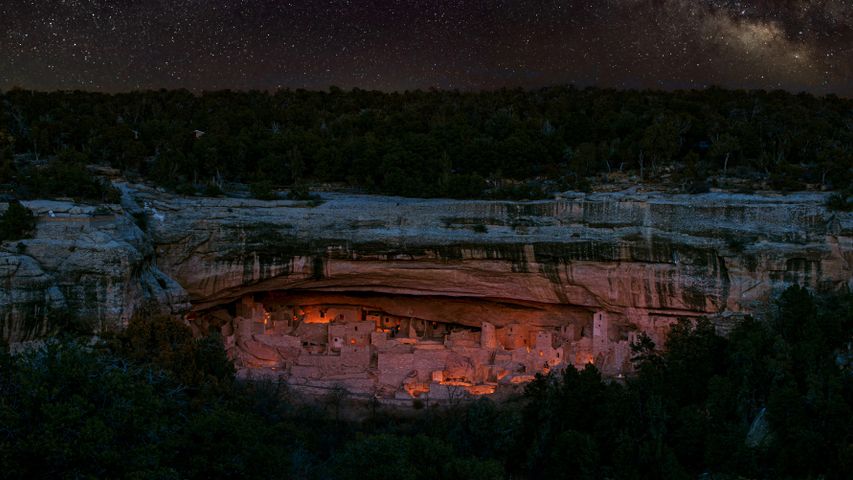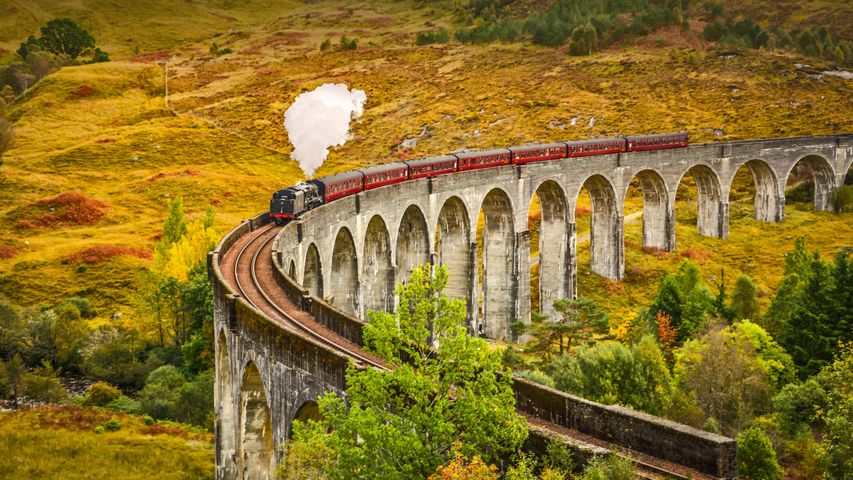Wadden Sea coast, near Moddergat, Friesland, Netherlands
© Ron ter Burg/Minden Picture
Mud, sea and sky. Wadden Sea coast, Friesland, Netherlands
If you've ever dreamed of walking on water or something close to it, the Wadden Sea is the place for you. Tracing over 480 kilometres along the coast of the Netherlands, Germany and Denmark, this UNESCO World Heritage Site offers a unique landscape of tidal flats and wetlands. In fact, it is the world's largest unbroken intertidal zone—the area that is underwater at high tide and exposed at low tide—of sand and mud flats. The area is also a playground for aquatic species such as houting, brown trout and white-beaked dolphins, and it's a home or resting spot for species of birds like waders and herons. Pictured here is the Wadden Sea coast in Friesland, Netherlands, dotted with charming fishing villages and medieval churches. Mudflat hiking is a recreational pastime here—the Dutch call it wadlopen—and the Wadden Sea is a popular destination.
India is home to a remarkable range of wetlands, shaped by its diverse climate, terrain and rainfall patterns. Our country became a member of the Ramsar Convention, a global treaty focused on wetland conservation, on February 1, 1982. Since then, 85 wetlands, covering over 13,600 square kilometres have been designated as Ramsar sites. This places India at the top in South Asia and third in Asia for the number of designated wetland sites.
Related Images
Bing Today Images
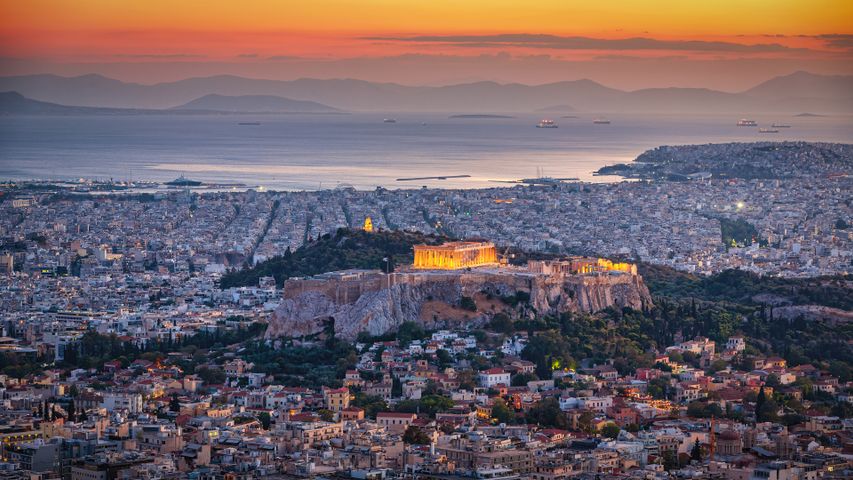

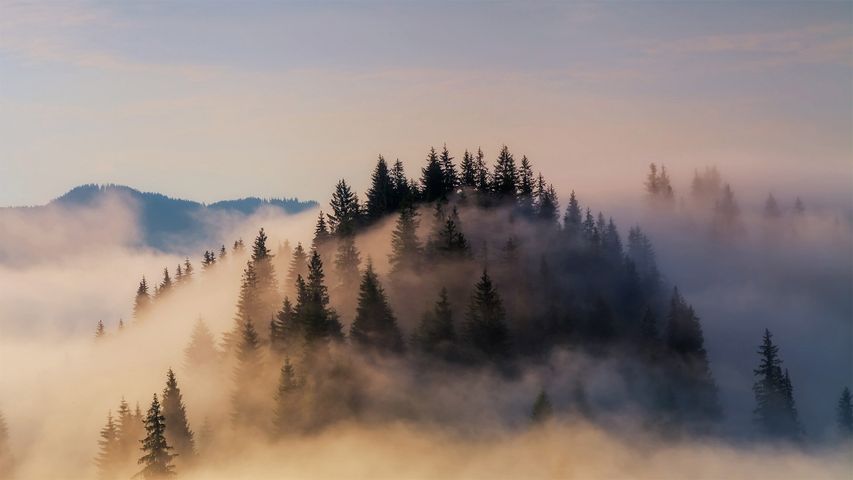
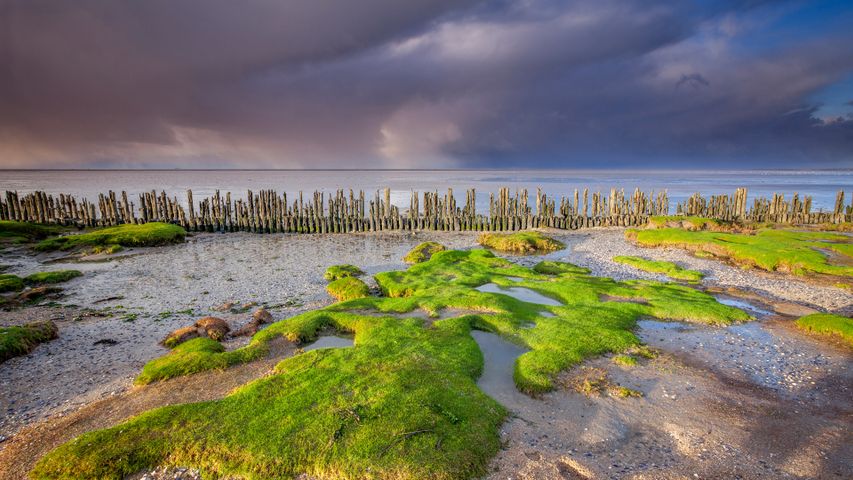
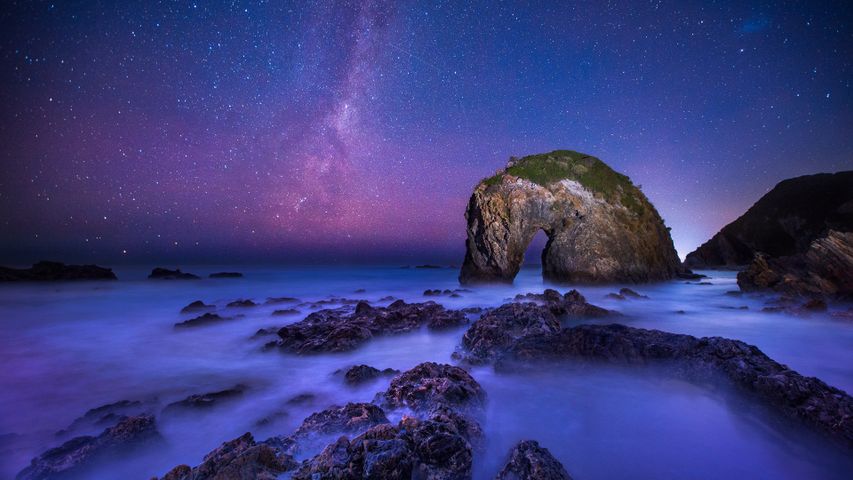 The Milky Way over Horse Head Rock, New South Wales, Australia
The Milky Way over Horse Head Rock, New South Wales, Australia
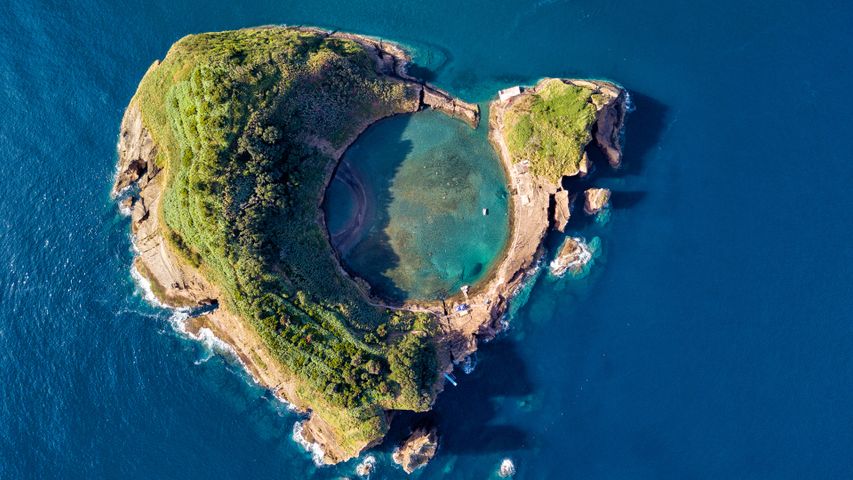 Vila Franca Islet, São Miguel Island, Azores, Portugal
Vila Franca Islet, São Miguel Island, Azores, Portugal
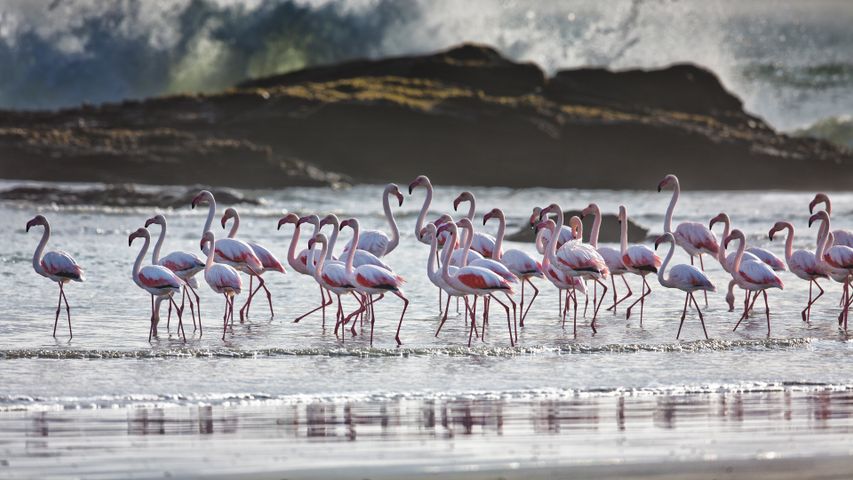 Greater flamingos, Lüderitz, Namibia
Greater flamingos, Lüderitz, Namibia
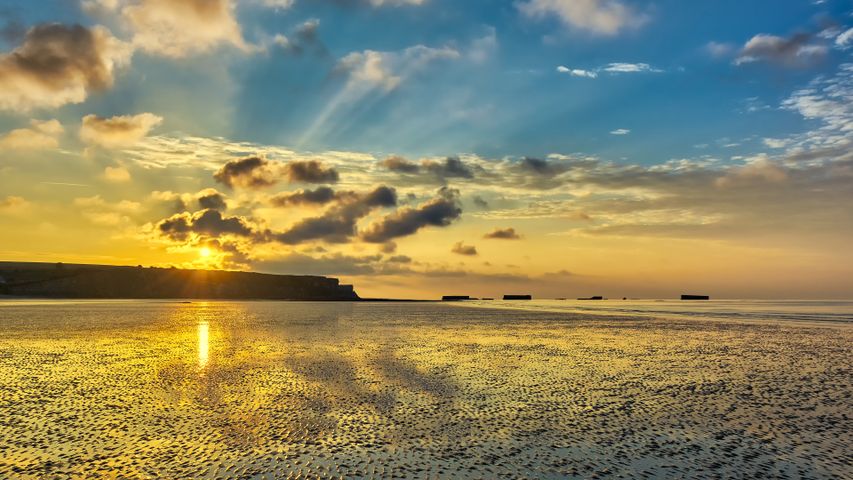 Arromanches-les-Bains in Normandy, France
Arromanches-les-Bains in Normandy, France
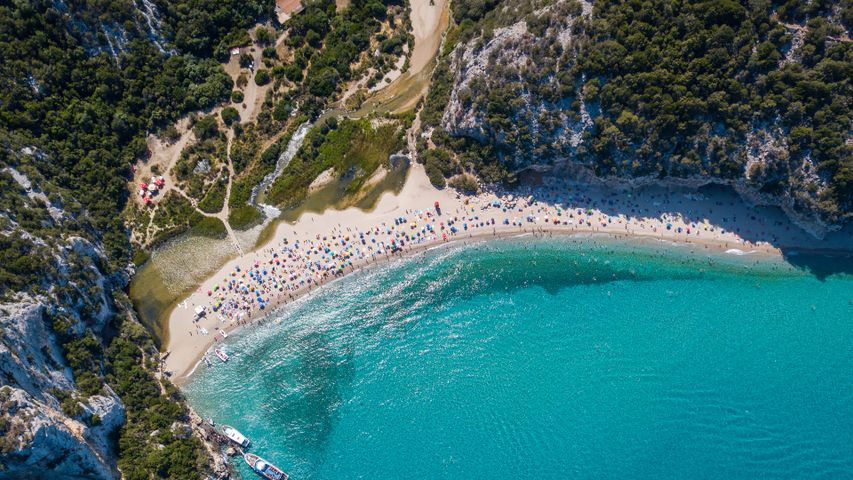 Cala Luna beach, Sardinia, Italy
Cala Luna beach, Sardinia, Italy
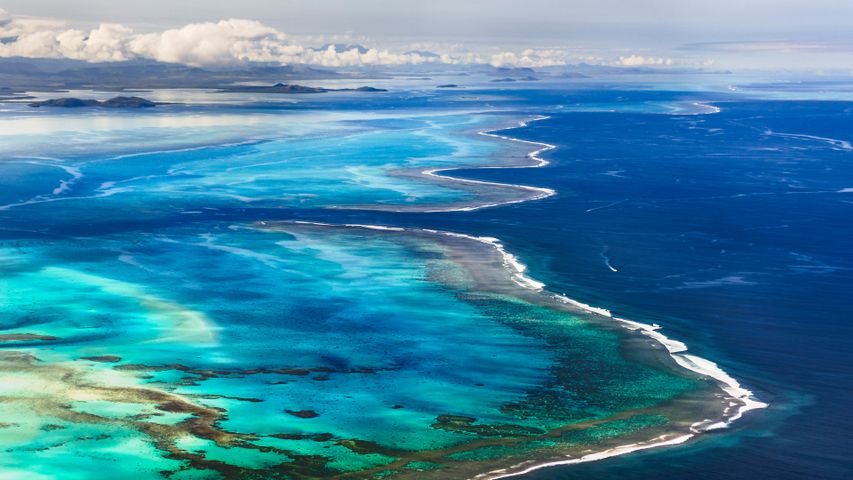 Barrier reef off Grande Terre, New Caledonia, France
Barrier reef off Grande Terre, New Caledonia, France
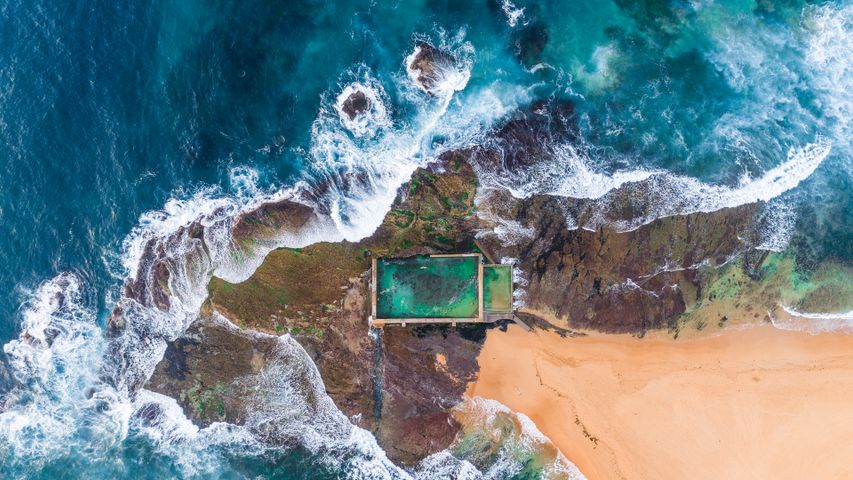 Mona Vale Rockpool, Sydney, Australia
Mona Vale Rockpool, Sydney, Australia
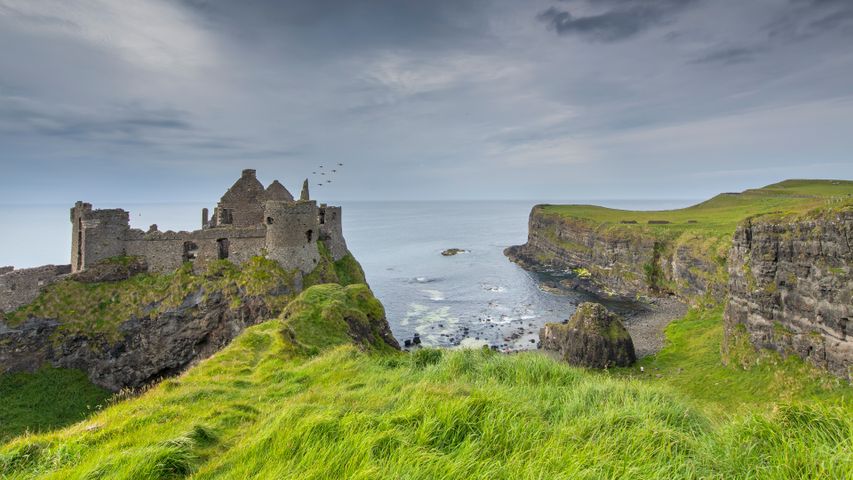 Dunluce Castle, County Antrim, Northern Ireland
Dunluce Castle, County Antrim, Northern Ireland
